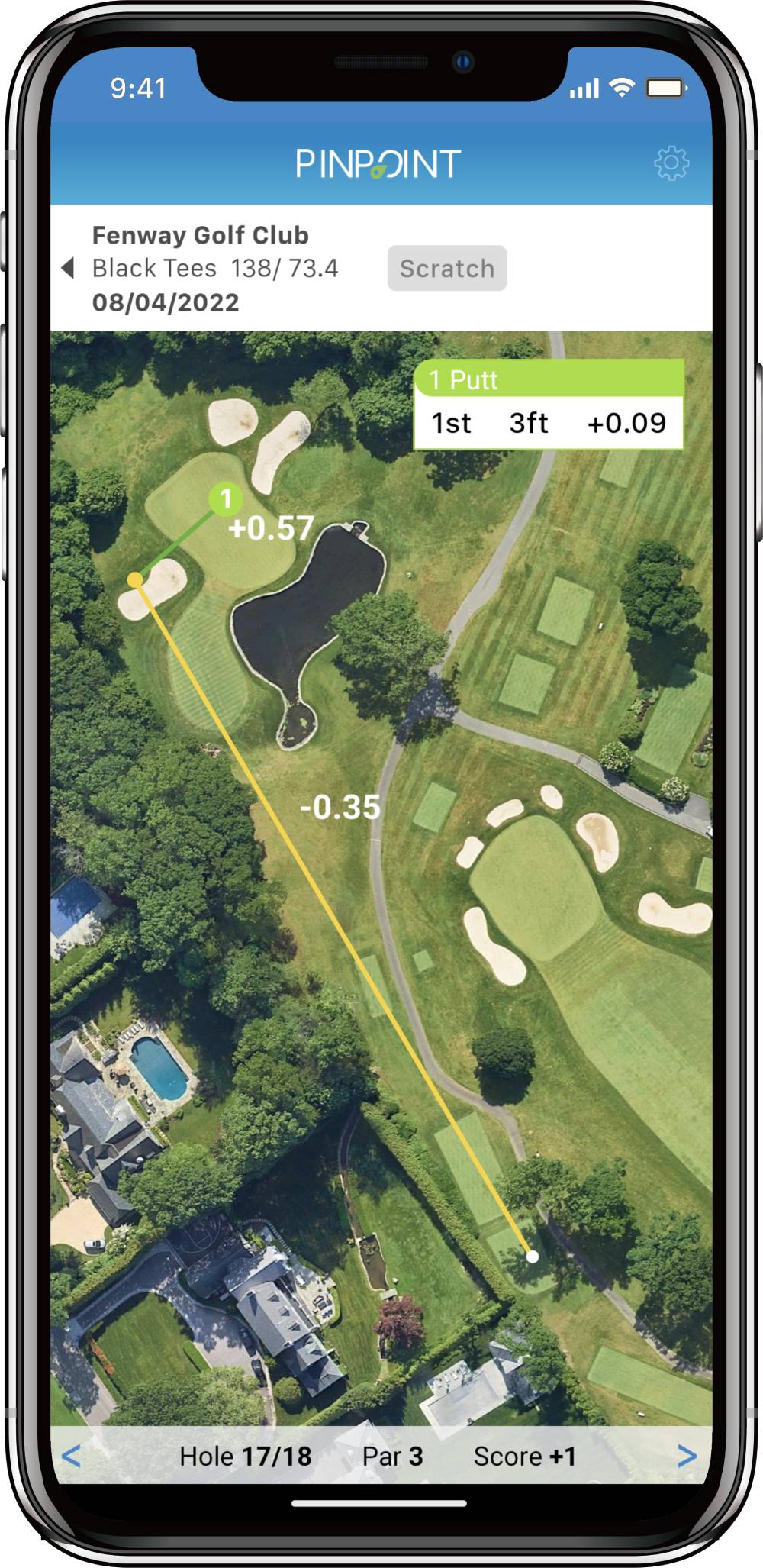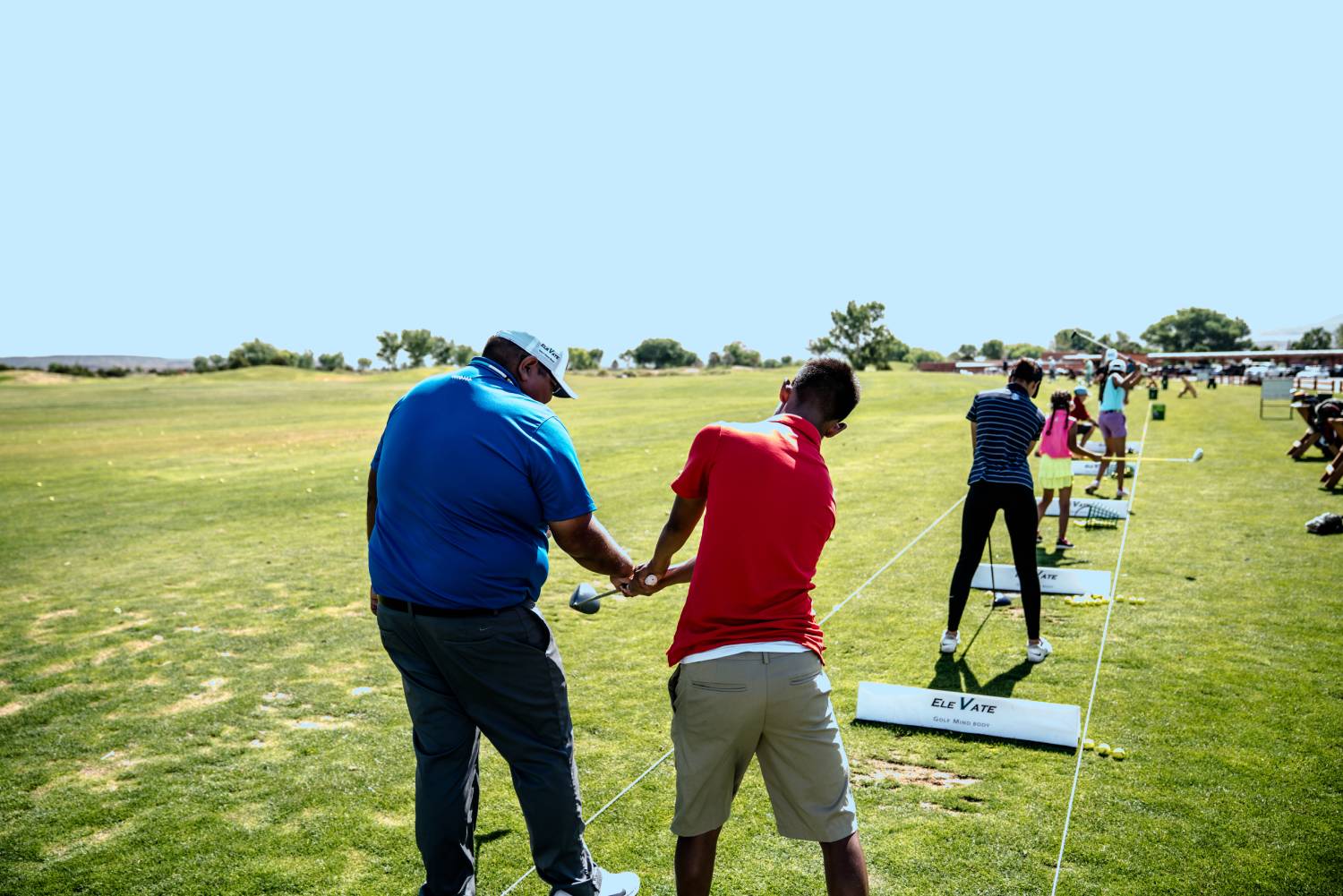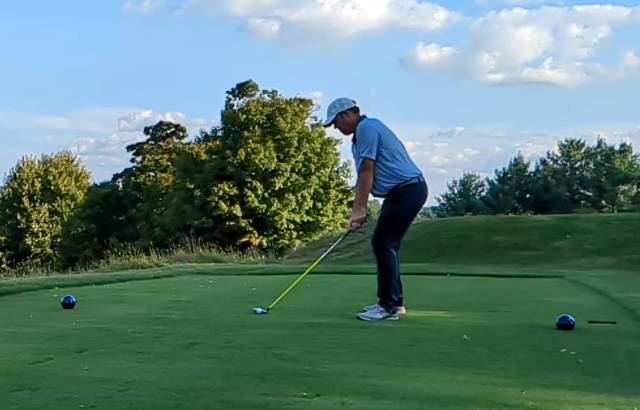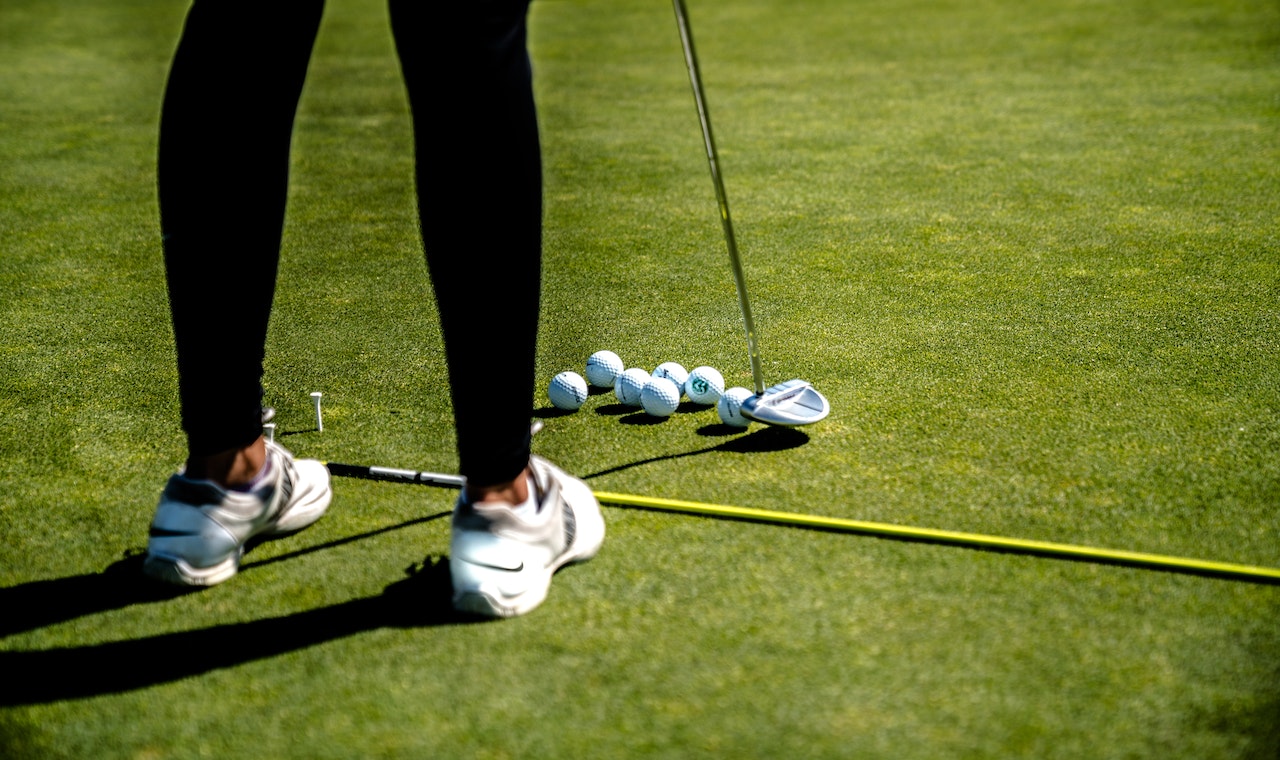Maybe you have a half hour to work on your game. Or maybe you decide you are going to take the next three months to get better. How do you prioritize the right skills in golf? How do you know where to start?
Often, this simple question keeps golfers from getting better at all.
Golf has so many variables, so many skills, and so many factors that play into the game. You can’t work on everything at once. Let’s take a look at some of the best strategies for prioritizing the right skills in golf, and finally start to see changes in your game.
Steps To Prioritize the Right Skills in Golf
Here are some steps you can take to get on the right track:

Use Technology
Golfers today have access to far more technology than golfers 15 years ago. Between a personal launch monitor, smartphone video recording, and the Pinpoint Strokes Gained App, you can gather all the data necessary to prioritize the right skills in golf.
Assess Your Current Skill Level
The best way to start assessing your current skill level is to track strokes gained stats. Unlike basic golf stats (greens in regulation, number of putts, etc), strokes gained lets you easily compare your game precisely to other players of the same skill level. This baseline makes it easy to see where exactly your golf game is strong and where it is weak. We built Pinpoint to make this kind of tracking incredibly easy.
If you are a 15 handicap, your strokes gained statistics will compare you to an average 15 handicapper. By definition, some parts of your game will be stronger and others will be weaker.
Once you have this data, it becomes much easier to prioritize the right skills.
Find the Big Weakness
Where is the weakest link?
For most golfers, there will be a glaring issue in your strokes gained. Some players may see -3 strokes gained off the tee or -2 strokes gained from 100-150 yards. The key is to find this weakness and then set a clear goal on how you want to fix it.
With the ability to measure so much in golf, you have to set measurable goals.
Use Pinpoint to identify your biggest issues, then set a goal to reduce one of them by one or two strokes over the next five rounds. Keep tracking your stats so you can monitor your progress.

Seek Advice and Help
For issues with driving or approach, your best bet is to work with a professional. A golf coach can help you fix the issues specific to your swing, whereas general tips may not apply. In addition to fundamental swing mechanics, be sure to share your strokes gained data, so your instructor can help you focus on the weakest parts of your game.
For issues with short game, trusted data on the internet can be a good source of information. Many short game skills and drills apply to all golfers, regardless of ability. Of course, if you have access to a professional, share your short game strokes gained and take advantage of short game lessons as well!
Begin with Fundamentals
Most amateur golfers skip past the fundamentals because they are so excited to move to the fun parts, like hitting 300 yard drives.
You will hit a lot more 300 yard drives in your career if you have a perfect grip, stance, posture, and alignment.
Start with the fundamentals and use this as a way to work on where your weaknesses are.
How Do Beginners Prioritize the Right Skills in Golf?
Beginner golfers may have a harder time prioritizing for a few reasons:
- They have less history to work with
- Their data is harder to compare to a baseline, since many areas of their games require work
- They’re less familiar with common weaknesses and how to address them
Here are a few things beginners should know to help prioritize the right skills to know:
Start With the Grip/Setup/Stance
If you don’t have a solid grip, setup, and stance, it’s not even worth swinging the club back. Get your basics down, and the rest of the game becomes considerably easier.

Work on a neutral grip, feet about shoulder width apart, and have an athletic and ready position.
Learn the different ball positions and where the ball is placed with each club in your bag.
Learn to Hit the Ball Straight
Before you can learn to hit various shots, you need to learn to hit the ball straight. Learn how to hit a straight shot with your driver, fairway woods, hybrids, and irons. You will need them!
You Need High and Low Short Game Shots
Around the greens, you will eventually want to be able to many varied shots. When you first start out, what you need is a high shot and a low shot.
The higher shot allows you to travel over hazards; the lower shot lets you hit the ball out of a tighter lie and keep it along the ground, decreasing the room for error.
Learn to hit both.
Two-Putting Makes All the Difference
“A good putter is a match for anyone. A bad putter is a match for no one.”
- Harvey Penick
Perhaps the most important skill for beginners is putting. Nearly half your strokes are taken on the green. Nowhere is there more room to rapidly lower your scores.
Start by learning the fundamentals of the putting stroke: the stance, the motion, the timing. Then focus your practice on two-putting from any distance. Practice hitting 3-5 foot putts in the hole every time. Then focus on hitting putts from every distance (20, 30, 45 feet) inside a 3-foot circle of the hole.

What Skills Are the Most Important in Golf?
As we’ve developed and rolled out the Pinpoint app, we have learned how different every golfer’s game truly is. No two players have the exact same strengths and weaknesses.
First, get down the fundamentals, then use strokes gained and the Pinpoint app to identify weaknesses and refine your game.
What do we mean by fundamentals? These are the skills that every golfer needs to play well, and that contribute to strokes gained improvement almost across the board:
- Hands in a neutral position with moderate grip pressure helping to set up a square clubface, then returning it to square at impact.
- Balance throughout the entire swing and the ability to swing with a repeatable tempo and timing.
- Controlling distances with all of your clubs, from the driver to the wedges. (Being able to pick a number and hit a shot that many yards.
- Controlling ball flight, having both a high and a low go-to shot.
- A sand shot that you can rely on to get you out of any bunker in any condition.
- Understanding both alignment and distance control while on the greens of any golf course.
These skills are needed by all golfers. Once you have them down, you can then use your strokes gained data to be able to narrow down the specifics of where your game needs the most help.
Final Thoughts
It would be great to say that all golfers should prioritize putting, then short game, then distance, etc. However, data has shown us that this is just not the case. If you have data about your golf game and you can see where the issues are, your road towards improvement and lower scores is considerably faster.
If you are ready to really make a change in your ability to play great golf, use strokes gained data to know which skills to prioritize. You will finally understand why you’ve hit a plateau and how to break through.